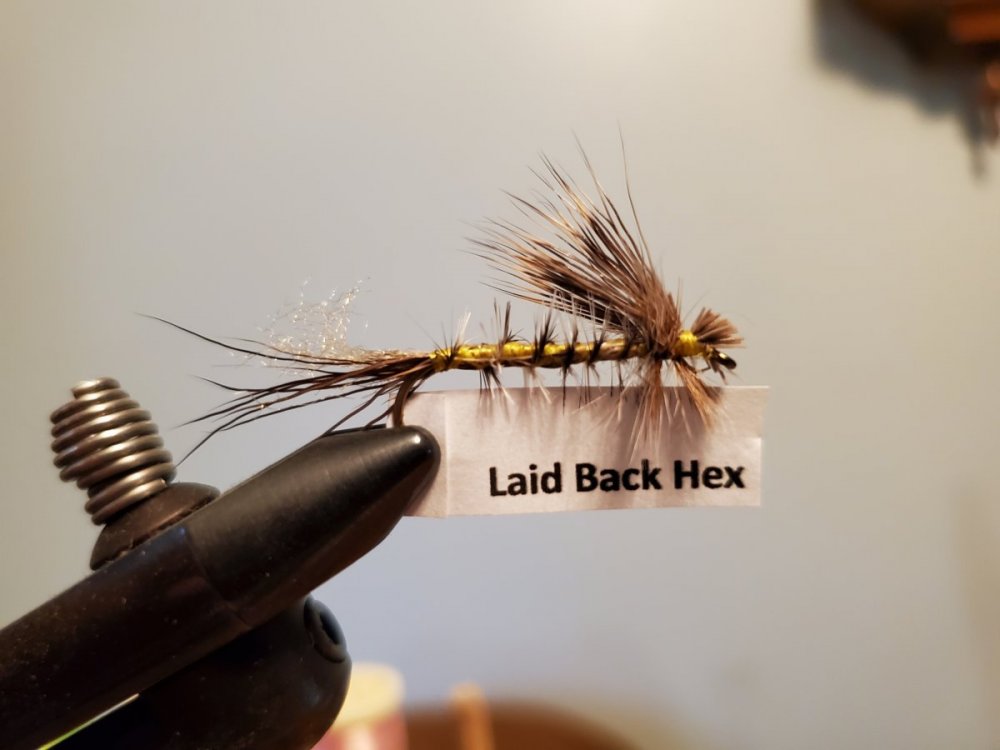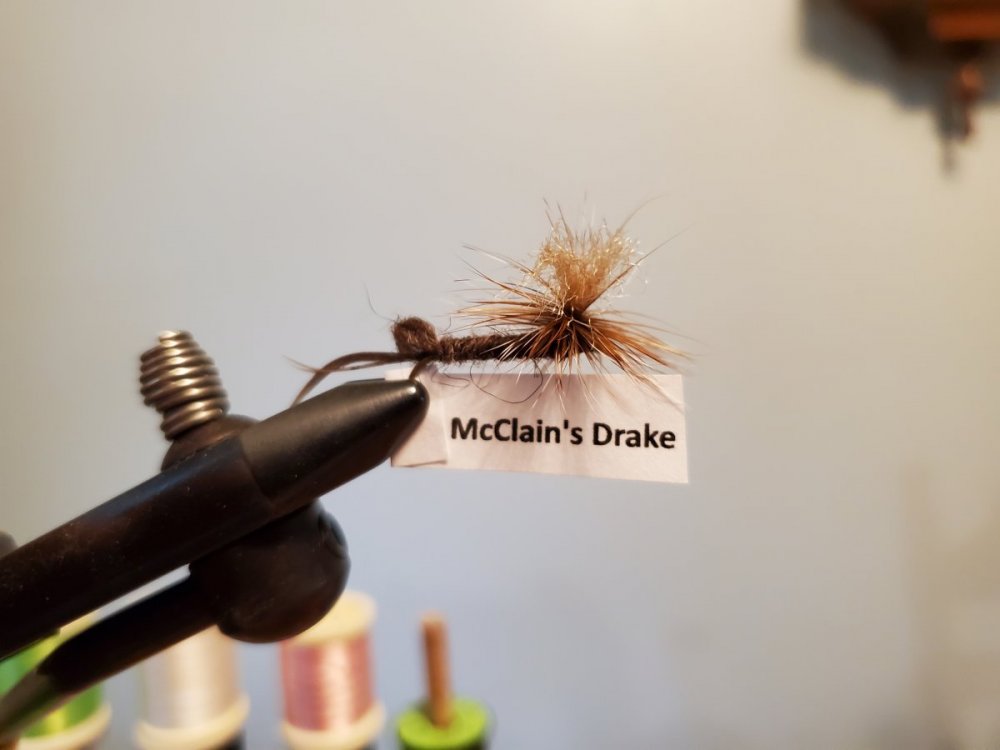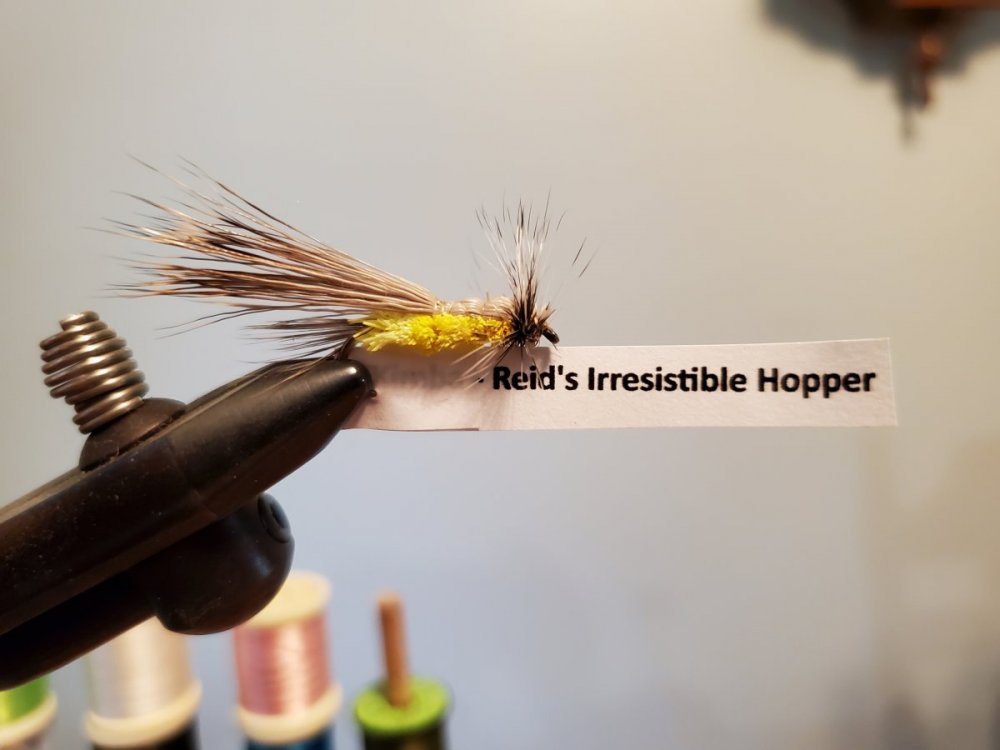dc410
Well-known member
Size 2 Dolly Llama for Pacific Salmon.

The Pusher looks like a Wilson wing turned 90-degrees! Nice tie.View attachment 1641226955View attachment 1641226956View attachment 1641226957View attachment 1641226961
Pushers, night wets(governor), and articulated mice


Thanks night fishing flies are my favorite to tie. I think Im gonna try to make atlantic salmon bomber style night flies next and give em a try on my local water this week.The Pusher looks like a Wilson wing turned 90-degrees! Nice tie.
Kim






Is that really a saying, or just something u say? How can you teach something you can't do yourselfNorm and I have met on other sites all the way back to FAOL and I've been lucky enough to have in some of the swaps I've hosted. The only thing I can't figure out is how he photoshopped the flies he sent in for those swaps! He is an excellent tyer of the highest caliber.
I just tie to have fun and maybe try to do some new things. I love mentoring newer tyers and youth tyers. That's where my strength is. As they say - Those who can, DO and those who can't, TEACH!" With that in mind I must be a wonderful teacher! 😉
Kim
Don't you mean that I can't do it PERFECTLY myself?Is that really a saying, or just something u say? How can you teach something you can't do yourself
Ever seen a professional football coaching staff? It's a very common saying. One with knowledge can be of huge benefit to one with talent. That's not a saying . That's a fact.Is that really a saying, or just something u say? How can you teach something you can't do yourself
